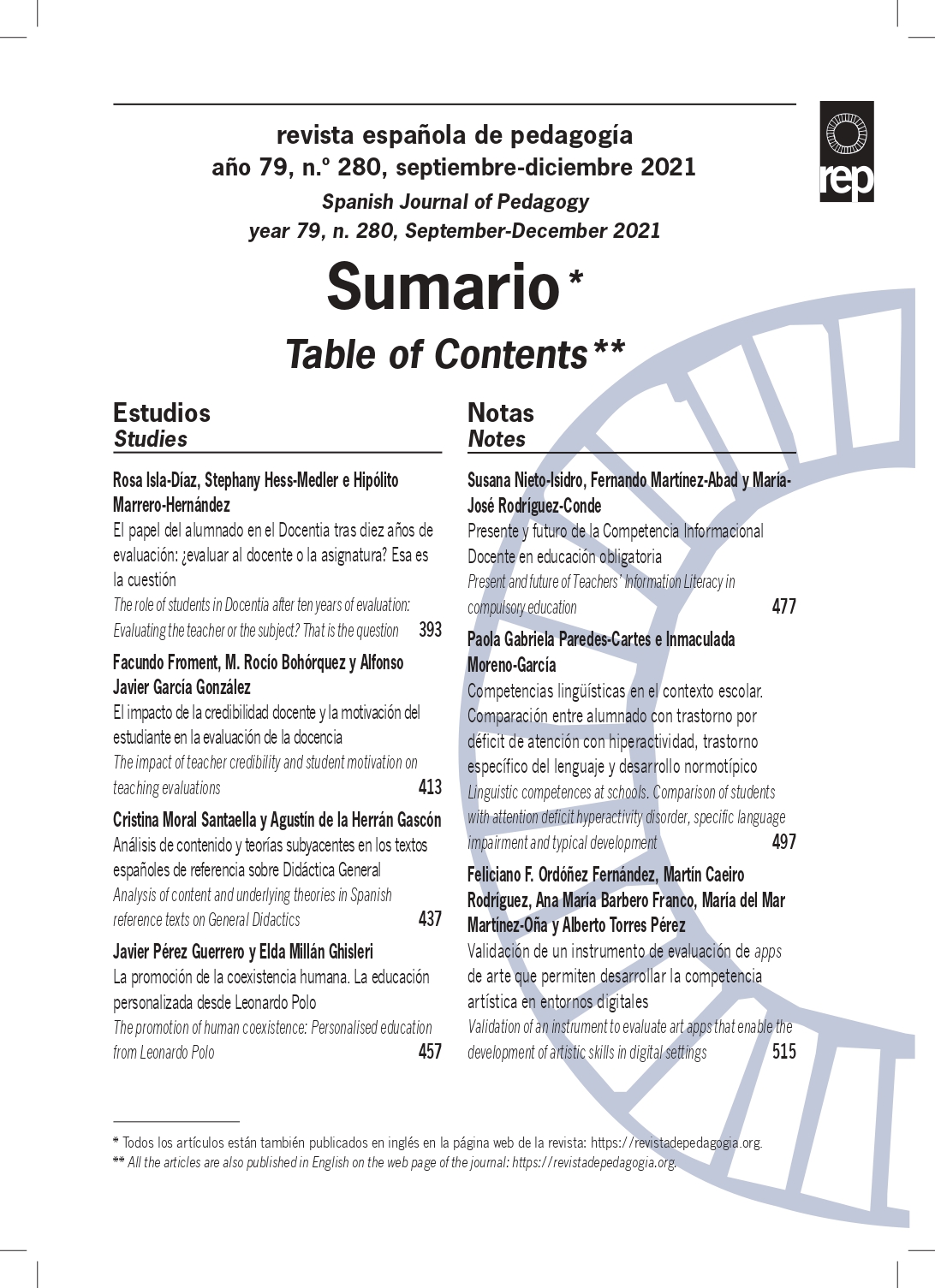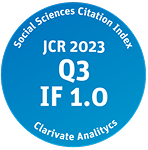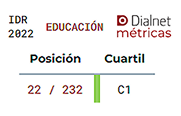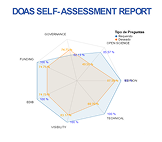Analysis of content and underlying theories in Spanish reference texts on General Didactics.
DOI:
https://doi.org/10.22550/REP79-3-2021-01Keywords:
General Didactics, reference work, teacher training, competence, teaching professionAbstract
The results of the 2019 Pisa Reports confirm that the Spanish education system continues to stagnate after compulsory education has been completed. This situation calls for self-criticism on the part of all actors involved. One of the groups concerned are the university professors and lecturers who provide training for prospective teachers. Among them are those who teach General Didactics. They provide basic and multi-purpose training on teaching methods for prospective teachers. For this purpose, they usually consider traditional and recent textbooks and other reference texts on teaching theory and practice, which help to define the discipline. The aim of the study is to find out whether these works train and equip prospective teachers with teaching competences and to verify their educational and professional potential with regard to the teaching theory they convey. In order to fulfil this aim, a descriptive documentary study of 35 reference works on General Didactics was carried out, including both textbooks and texts used as sources of didactic knowledge. The content of the structure and composition of these texts was analysed. The results show a tendency to prioritise theoretical aspects over competences and to order chapters based on a technical and administrative tradition, rather than a conceptual and semantic approach focused on designing a meaningful learning experience. As an applied summary, recommendations are provided for the development of textbooks on General Didactics, aimed at initial teacher training, from a more competence-based and less academic approach.
Downloads
References
Anderson, L. W. y Krathwohl, D. R. (Eds.) (2001). A taxonomy for learning, teaching, and assessing [Una taxonomía para aprender, enseñar y evaluar]. Longman.
Bolívar, A. (2005). Conocimiento didáctico del contenido y didácticas específicas. Profesorado, 9 (2), 1-39.
Bolívar, A. (2008). Didáctica y currículum: de la modernidad a la postmodernidad. Aljibe.
Bolívar, A. y Pérez, P. (2019). Políticas educativas sobre el profesorado. En A. de la Herrán, J. M. Valle y J. L. Villena (Coords.), ¿Qué estamos haciendo mal en la educación? (pp. 25-35). Octaedro.
Consejo Escolar del Estado (2015). El profesorado del siglo XXI. Ministerio de Educación y Ciencia.
Council of the European Union (2018). Council recommendation of 22 May 2018 on key competences for lifelong learning [Recomendación del Consejo, de 22 de mayo de 2018, sobre las competencias clave para el aprendizaje permanente]. https://eur-lex.europa.eu/legal-content/EN/TXT/PDF/?uri=CELEX:32018H0604(01)&rid=7
Darling-Hammond, L. y Oakes, J. (2019). Preparing teachers for a deeper learning [Preparando profesores para un aprendizaje más profundo]. HEP.
Dewey, J. (1902). The child and the curriculum [El niño y el currículum]. Chicago-Press.
Egido, I. y López, E. (2016). Condicionantes de la conexión entre teoría y práctica en el Prácticum de Magisterio. Estudios sobre Educación, 30, 217- 237. https://doi.org/10.15581/004.30.217-237
European Commission (2004). Implementation of «Education and Training 2010» Work Programme. Key Competencesfor Lifelong Learning. A European Reference Framework [Aplicación del programa de trabajo «Educación y Formación 2010». Competencias clave para el aprendizaje permanente. Un marco de referencia europeo]. https://step4-sfc.eu/IMG/pdf/201509_a_integrer_dans_le_site_basicframe.pdf
Gairín Sallán, J., Díaz-Vicario A., del Arco Bravo, I. y Flores i Alarcia, O. (2019). Efecto e impacto de las prácticas curriculares de los Grados de Educación Infantil y Primaria. Educación XX1, 22 (2), 17-43. https://doi.org/10.5944/educxx1.21311
González-Sanmamed, M. (2009). Una nueva oportunidad para la formación inicial del profesorado de Educación Secundaria. Revista de Educación, 350, 57-78.
González-Sanmamed, M. y Fuentes, E. (2011). El prácticum en el aprendizaje de la profesión docente. Revista de Educación, 354, 47-70.
Hall, R. (2020). Mixing methods in social research. Quantiative, qualitative and combine methods [Mezcla de métodos en la investigación social. Métodos cuantitativos, cualitativos y combinados]. Sage.
Hattie, J. y Clarke, S. (2019). Visible learning feedback [Retroalimentación del aprendizaje visible]. Routledge.
Heredia, A. (2015). Los manuales de Didáctica en español entre 1900-1970. revista española de pedagogía, 73 (260), 121-139. https://revistadepedagogia.org/wp-content/uploads/2015/01/260-07.pdf
McTighe, J. y Willis, J. (2019). Understanding by design meets neuroscience [La comprensión a través del diseño se une a la neurociencia]. ASCD.
Novak, J. (2010). Learning, creating and using knowledge [Aprender, crear y utilizar el conocimiento]. Routledge.
Ritchart, R. y Church, M. (2020). Making thinking visible [Visibilizar el pensamiento]. Jossey Bass.
Schwab, J. (1970). The practical 3: Translation into curriculum [La práctica 3: traducción al currículo]. School Review, 81 (4), 501-522.
Shulman, L. (2005). Conocimiento y enseñanza. Fundamentos para una nueva reforma. Profesorado, 9 (2), 1-28.
Sousa, D. (2017). How the brain learn [Cómo aprende el cerebro]. Corwin.
Tyler, R. (1949). Basic principles of curriculum and instruction [Principios básicos del currículo y la instrucción]. Chicago-Press.
Walter, D. y Soltis, F. (2004). Curriculum and aims [Currículum y objetivos]. College-Press.
Weinstein, Y. y Sumeracki, M. (2019). Understanding how we learn [Entender cómo aprendemos]. Routledge.
Downloads
Published
-
Abstract51
-
PDF (Español)20
-
PDF20
How to Cite
Issue
Section
License

This work is licensed under a Creative Commons Attribution-NonCommercial 4.0 International License.

